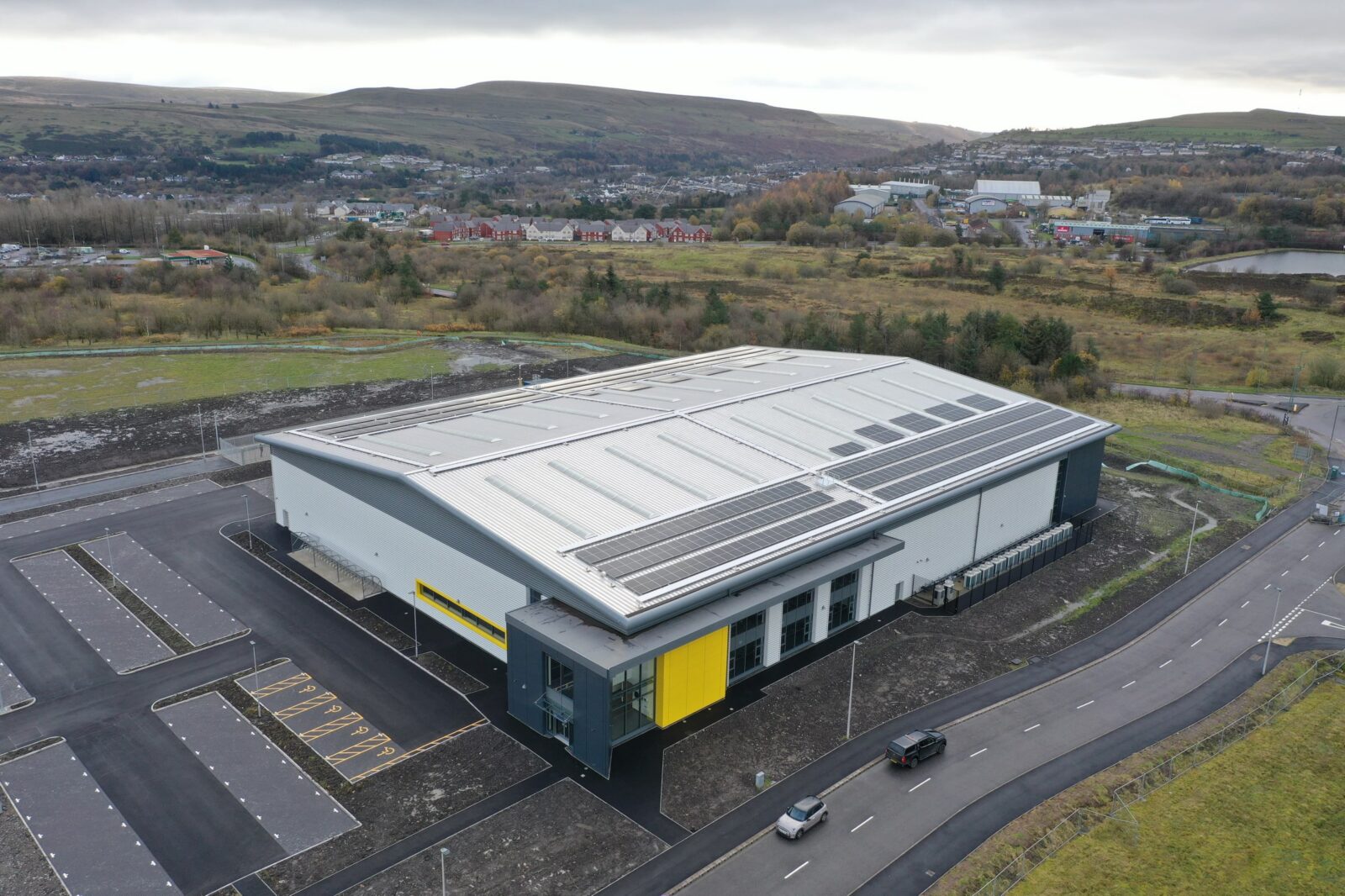The changing nature of industrial property market requirements in Wales is revealed in a new ‘Future Gazing’ report from global property consultancy Knight Frank.
The research examining trends in the UK’s industrial and logistics sector shows that a steady move away from heavy industry towards other types of manufacturing is set to continue in Wales, which is forecast to lead the rest of the UK in the growth of food manufacturing, while South Wales will also continue to strengthen its logistics capability.
Food production is the UK’s largest manufacturing subsector by output, accounting for around 18% of UK manufacturing output, and is set to grow faster than the overall manufacturing sector over the next five years. Of this, Wales is forecast to be the UK’s fastest-growing region with 5.7 per cent growth for food products, beverages and tobacco manufacturing by 2028, compared with a national average of 4.7 per cent growth.
Neil Francis, head of the Logistics and Industrial team of Knight Frank in Cardiff, said: “As well as leading the way in food production, Wales will see an increase in the requirement for manufacturing space generally. South Wales has been built on a strong manufacturing sector and whilst there has been uncertainty in recent years there are plenty of companies – many with a historically connection to the area – that are growing, which is positive to see.”
The Knight Frank report says that a push to near-shoring and re-shoring of supply chains, partly in response to successive geopolitical and macroeconomic shocks over the past decade, has the potential to spur manufacturing output in the UK. However, the shift toward high-value manufacturing sectors such as computer, electronic and optical products will raise capacity utilisation rates, meaning additional space requirements may not be as high as manufacturing traditionally required.
Neil Francis said: “The report also shows that the amount of industrial and logistics space in Wales has increased by more than 40 per cent in the past 10 years. It is interesting to see that, while Wales is not typically seen as a logistics location, the research shows that there will be continue to be good demand for smaller distribution centres to service South Wales.
“Recent local examples including Argos taking 50,000 sq ft of space, and Amazon and other occupiers like DHL, Owens and DX being active in the area, are evidence of this requirement.”
Commenting on the overall UK forecast, Charles Binks, Head of Logistics & Industrial Agency at Knight Frank, commented: “It is clear that the projected growth of the UK’s population will necessitate the delivery of new industrial and logistics space, particularly when one considers the near record-low vacancy rates and level of availability of existing stock. However, assessing the forecast rate of population growth alone fails to account for the impact of our shifting lifestyles, consumption habits and economic activity on demand for industrial and logistics floorspace across the UK, which when taken together demonstrate the growing dependence of each household on well-located manufacturing, distribution and service hubs.”









Leave a Reply
View Comments